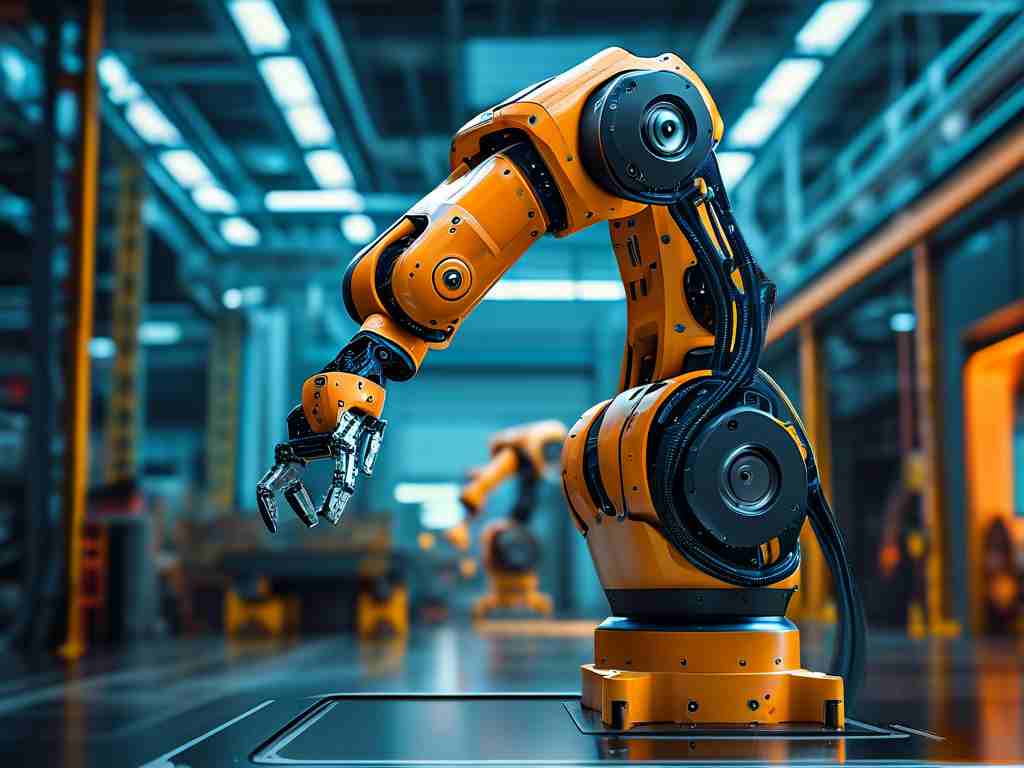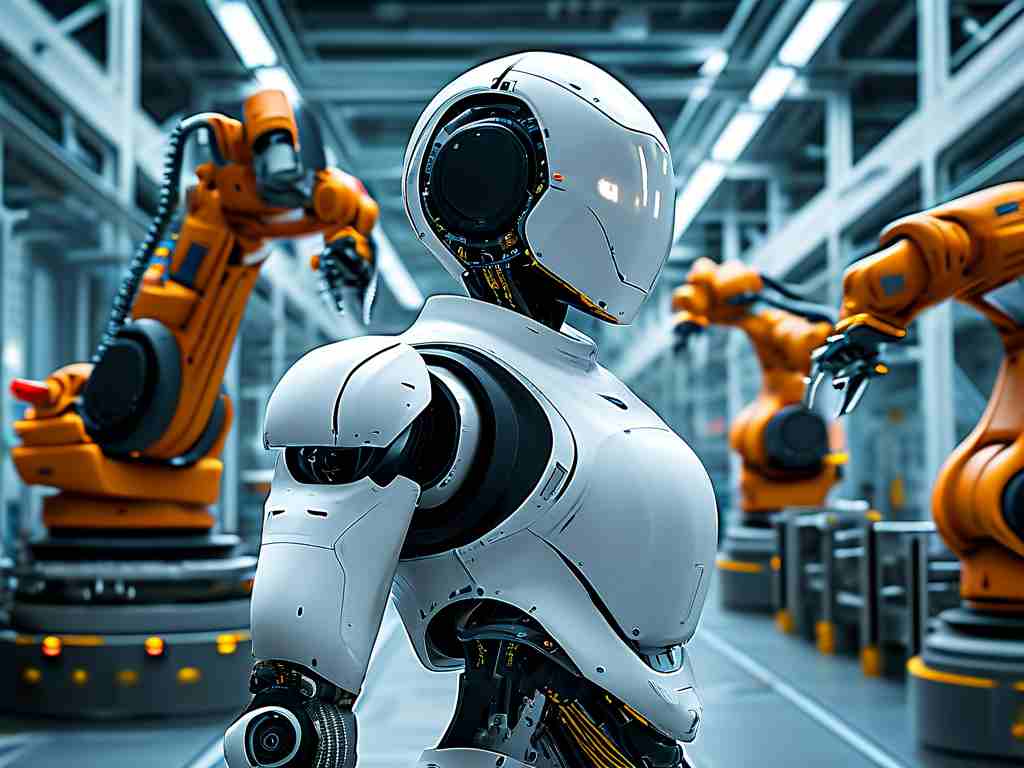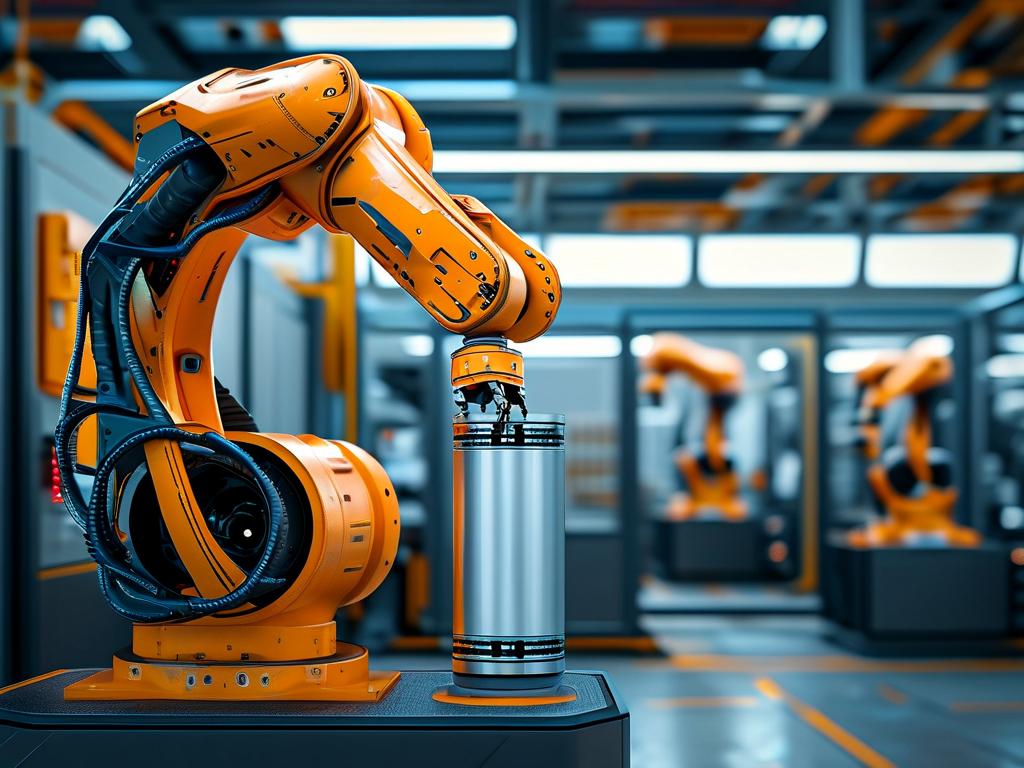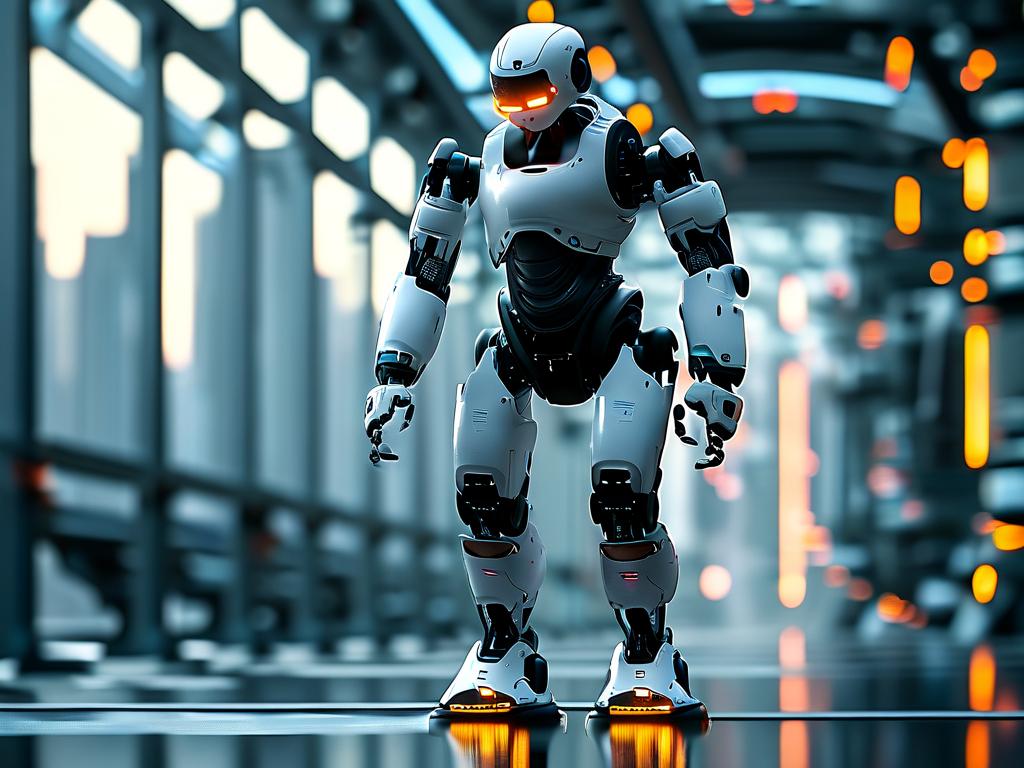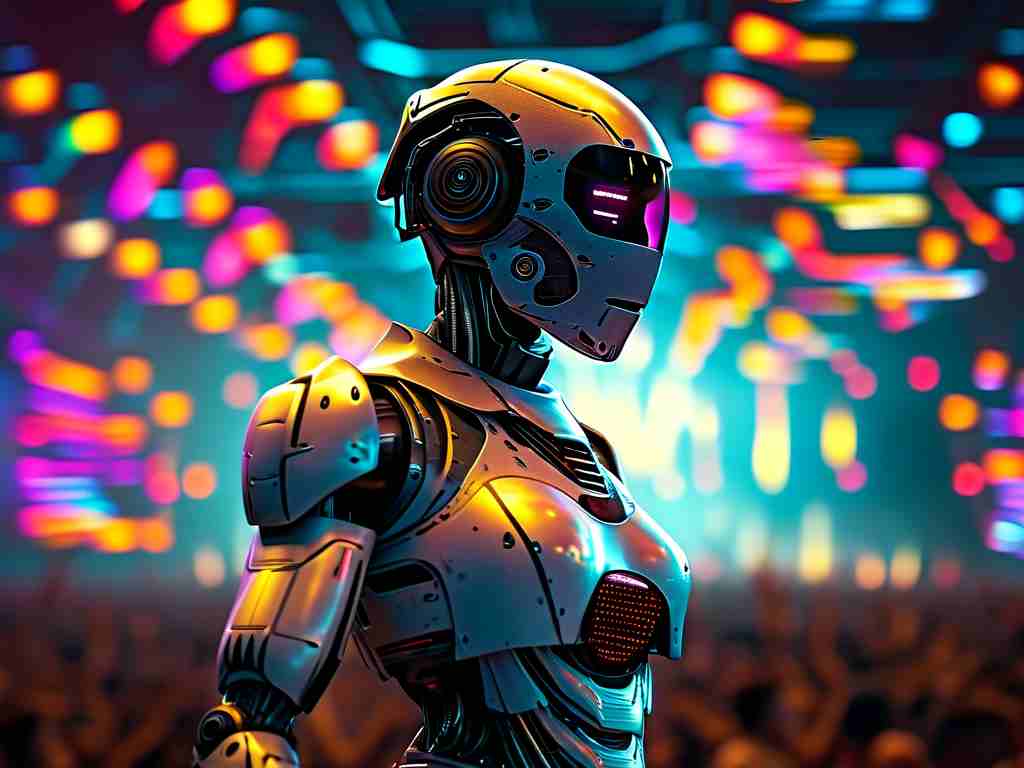The integration of traditional cultural elements with cutting-edge robotics has opened new frontiers in both entertainment and technological innovation. One such fascinating development is the application of robotics to perform Yangko, a vibrant Chinese folk dance traditionally performed during festivals. This article delves into the technical intricacies behind enabling robots to execute Yangko dance movements, exploring the challenges, solutions, and broader implications of this interdisciplinary endeavor.

The Challenge of Mimicking Human Motion
Yangko dance is characterized by rhythmic steps, swaying motions, and the use of props like silk ribbons or tambourines. For robots, replicating these fluid, human-like movements requires advanced kinematics and dynamic control systems. Engineers must account for balance, joint flexibility, and real-time adjustments to mimic the subtleties of human dancers. Unlike industrial robots programmed for repetitive tasks, dance-performing robots demand adaptive algorithms capable of handling unpredictable variables, such as floor friction or prop interaction.
A key breakthrough in this domain has been the adoption of reinforcement learning (RL) frameworks. By training robots in simulated environments, developers can teach machines to optimize movements through trial and error. For instance, a robot might learn to adjust its center of gravity mid-step to avoid falling while executing a spin—a common Yangko maneuver. These models are often fine-tuned using motion-capture data from professional dancers, ensuring authenticity in performance.
Sensor Fusion and Real-Time Feedback
To achieve precision, robots rely on a combination of inertial measurement units (IMUs), force sensors, and vision systems. IMUs track angular velocity and acceleration, enabling the robot to maintain balance during rapid directional changes. Force sensors embedded in the feet detect pressure distribution, allowing adjustments to posture. Meanwhile, vision systems—often powered by convolutional neural networks (CNNs)—help the robot navigate its environment and synchronize movements with human partners or other robots.
A practical example involves the use of haptic feedback for prop manipulation. When a robot holds a ribbon, sensors in its grippers measure tension and movement, while actuators adjust grip strength to prevent slippage. This technology draws from advancements in soft robotics, where materials mimic human muscle elasticity.
Cultural Preservation and Technological Synergy
Beyond technical prowess, robot Yangko performances serve as a bridge between heritage preservation and modern innovation. By digitizing dance patterns, researchers create archival records of traditional art forms, safeguarding them for future generations. Additionally, these robots can perform in environments unsuitable for humans, such as extreme temperatures or hazardous stages, expanding the reach of cultural exhibitions.
Ethical considerations also emerge. Critics argue that over-reliance on machines might dilute the emotional essence of dance. However, proponents counter that robots can collaborate with human artists, offering new creative possibilities. For example, a 2023 collaboration in Shenyang featured a human-robot duet, where the machine’s precision complemented the dancer’s expressiveness, resulting in a hybrid performance praised for its novelty.
Future Directions
The next phase of development focuses on enhancing interactivity. Researchers are experimenting with AI-driven improvisation, where robots alter routines based on audience reactions detected via facial recognition or audio analysis. Another area of exploration is swarm robotics, enabling multiple machines to perform synchronized Yangko dances with millimeter-level accuracy.
In , robot Yangko dance technology exemplifies the harmonious fusion of tradition and innovation. By addressing mechanical, computational, and cultural challenges, engineers and artists together are redefining the boundaries of both robotics and performing arts. As this field evolves, it promises not only to preserve cultural heritage but also to inspire new forms of artistic expression.


